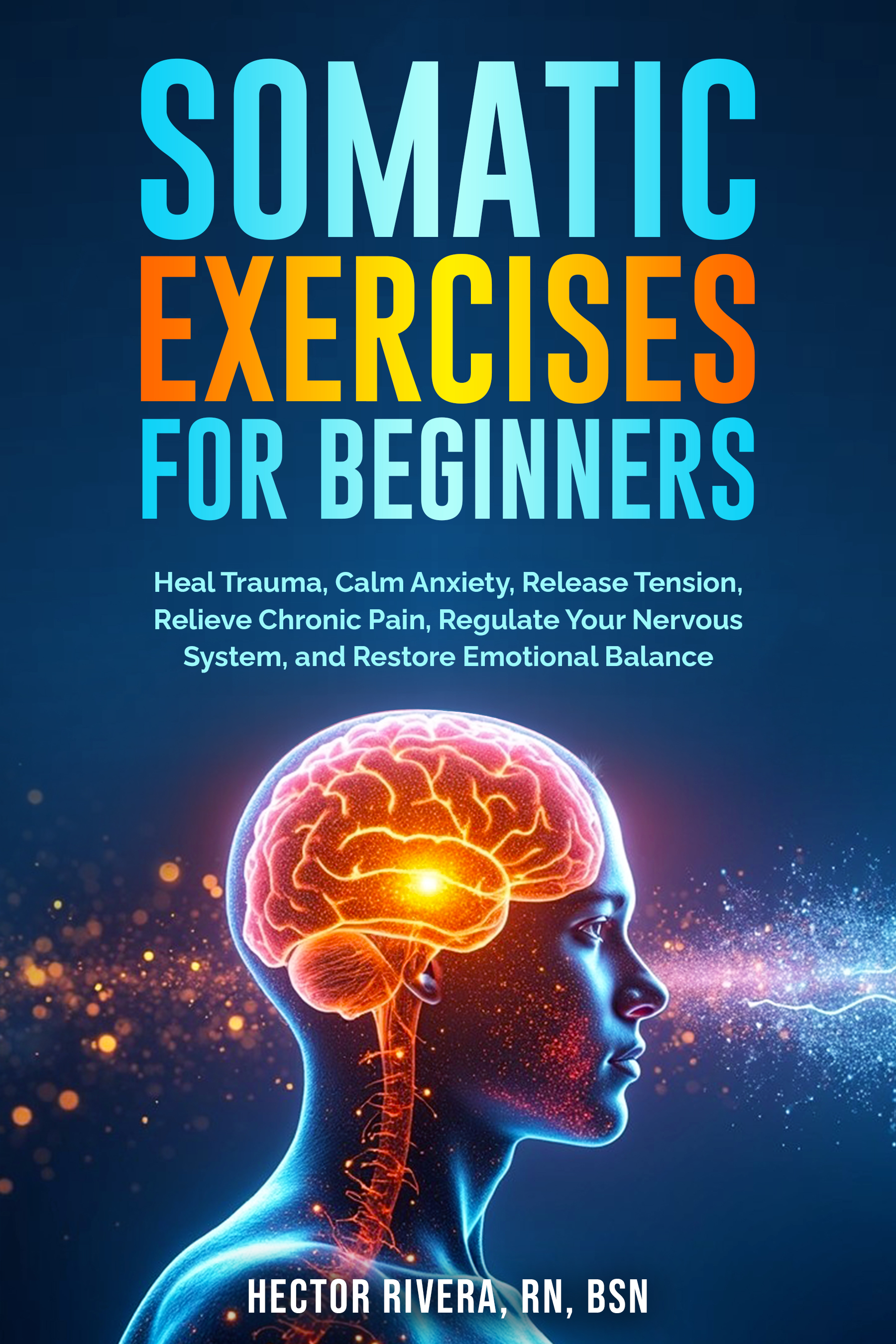Somatic Movement Exercises

Somatic Movement Exercises for Awareness, Healing, and Everyday Balance
Movement is something most of us take for granted until pain, stress, or exhaustion remind us of how much our bodies carry. We often push through tight shoulders, stiff hips, or restless energy without pausing to notice what our bodies are telling us. Somatic movement exercises offer a gentle way to reconnect with yourself, utilizing awareness, curiosity, and small shifts that can ease your movement and enhance your overall well-being.
Why Movement Matters for Healing
Our bodies are shaped not just by posture and habits but also by the experiences we’ve lived. Stress, anxiety, and trauma often show up as chronic tension—tight jaws, hunched backs, or shallow breathing. These patterns become automatic, and over time, we no longer notice the amount of energy we expend holding ourselves in this way.
By slowing down and paying attention to how movement feels from the inside, we can begin to unravel these patterns. Instead of pushing to go further or harder, somatic work encourages us to slow down and listen to our bodies. That simple shift creates more comfort, flexibility, and a felt sense of safety in our own body.
The Difference Between Somatic and Regular Exercise
Traditional fitness often focuses on repetition, endurance, and performance. It’s about how many miles you run or how much weight you lift. Somatic practice works differently. Instead of asking, “How far can I go?” the question becomes, “What am I noticing as I move?”
This shift changes everything. Small, mindful movements become powerful because they help retrain the nervous system. The goal isn’t to burn calories but to create ease, awareness, and choice in how the body responds.
Getting Started with Somatic Movement
You don’t need equipment, a studio, or a lot of space to get started. A chair, a mat, or even your bed can be enough. What matters most is slowing down enough to notice.
A straightforward way to start is with micro-movements. Roll your shoulders forward and back slowly, paying attention to how the muscles feel as they shift. Then pause. Notice the difference between one shoulder and the other before moving again. These pauses are just as important as the movements themselves, as they give the nervous system time to reset.
Five Gentle Practices to Explore
1. Pelvic Tilts
Lie on your back with your knees bent and your feet resting on the floor. Gently rock your pelvis forward and back. Feel your lower back rise and then soften into the floor. Keep the movement calm and easy, moving at a pace that feels right for you.
2. Shoulder Rolls with Awareness
Whether you’re sitting or standing, slowly roll your shoulders up, back, and down. Take your time, as if you’re exploring each part of the circle. After a few rolls, pause and notice how your shoulders feel now.
3. Side-to-Side Head Turns
Lie comfortably and slowly turn your head from side to side, like you’re saying “no” in slow motion. Notice if one side feels easier than the other. Rest in the middle and let the muscles soften.
4. Cat-Cow with Curiosity
On hands and knees, round your back up toward the ceiling, then gently arch as you lift your head and tailbone. Focus less on depth and more on how the movement feels along your spine.
5. Walking with Presence
Take a short walk and notice how your feet make contact with the ground. Do you lean forward, push off harder with one foot, or sway to one side? Slow down enough to really feel each step.

The Role of Breath in Movement
Breathing naturally supports these exercises. When you move with awareness, notice how the inhale and exhale rise and fall with each shift. Sometimes you may realize you’ve been holding your breath without noticing. Simply exhaling can bring release. Pairing movement with natural breathing deepens the sense of calm and connection.
Building a Practice That Fits You
Consistency matters more than duration. A few minutes each day is often more effective than a single long session once in a while. Adding movement breaks into your day—before sitting down to work, during a walk, or while lying in bed at night—can slowly retrain the body to move with less tension.
Some people find it helpful to journal their observations after a short session. Writing down sensations, emotions, or changes in posture can reinforce awareness. Over time, patterns emerge, and you may see how stress manifests in your body and how these practices help alleviate it.
Everyday Benefits of Somatic Movement
Even simple practices like these can subtly change the way you navigate daily life. You may notice less stiffness when getting out of bed, greater patience in stressful situations, or a calmer approach to exercise. By listening to your body, you create a partnership rather than a battle. The body learns to trust that it doesn’t have to brace itself against every challenge.
Suppose you’ve ever asked yourself, "What is somatic movement? In that case, it’s more than exercise—it’s a way of listening to your body. Somatic movement also supports emotional health. When the body feels freer, the mind often follows. Tension that once kept you locked in stress begins to release, making room for ease and focus.
Closing Thoughts
Movement is part of being human, but awareness transforms it into something healing. By turning your attention inward and exploring small, mindful shifts, you can discover new ways to ease tension and find balance. Practicing somatic movement exercises is less about doing them “right” and more about learning to trust your body again—step by step, breath by breath.
Sources
- Hanna, T. (1988). Somatics: Reawakening the Mind’s Control of Movement, Flexibility, and Health.
- Johnson, D. H. (2009). Groundworks: Narratives of Embodiment.
- Payne, H. (2006). Dance Movement Therapy: Theory, Research, and Practice.
Return to List of Somatic Exercises or Return to The home Page
Medical Disclaimer: The information on this website is for educational purposes only and is not a substitute for professional medical advice, diagnosis, or treatment. Always consult a qualified healthcare provider with any questions you may have about your health or a medical condition. Never ignore professional medical advice or delay seeking it because of something you have read here.

